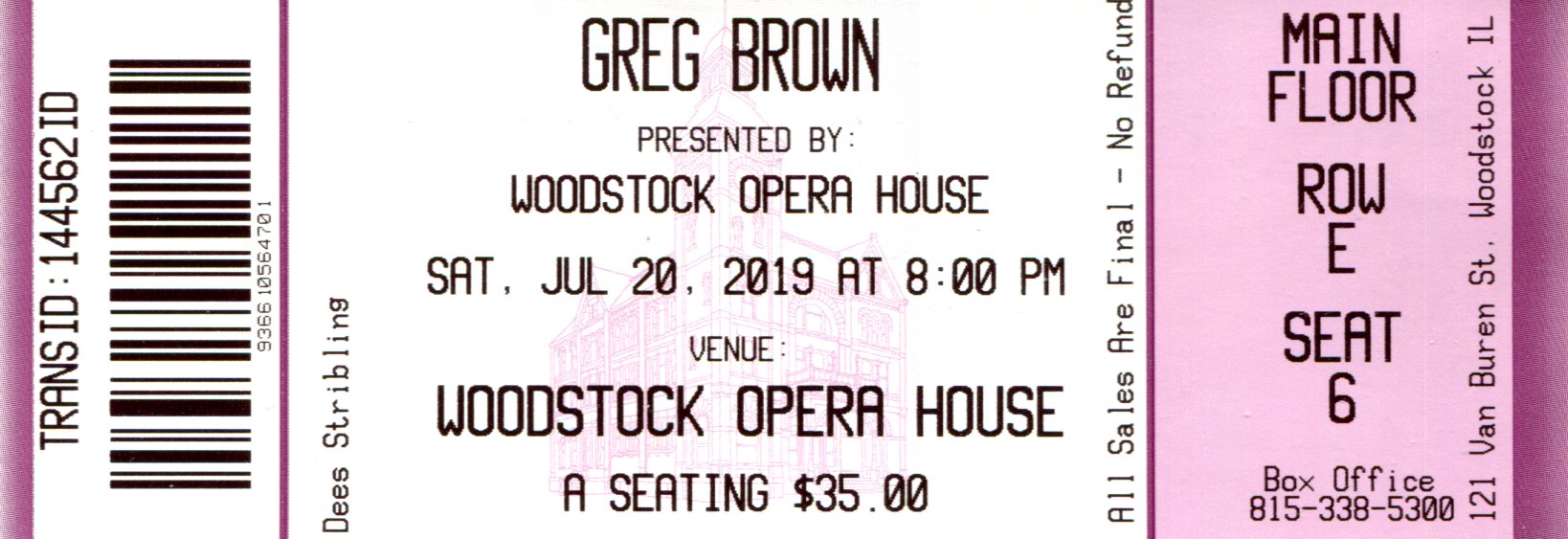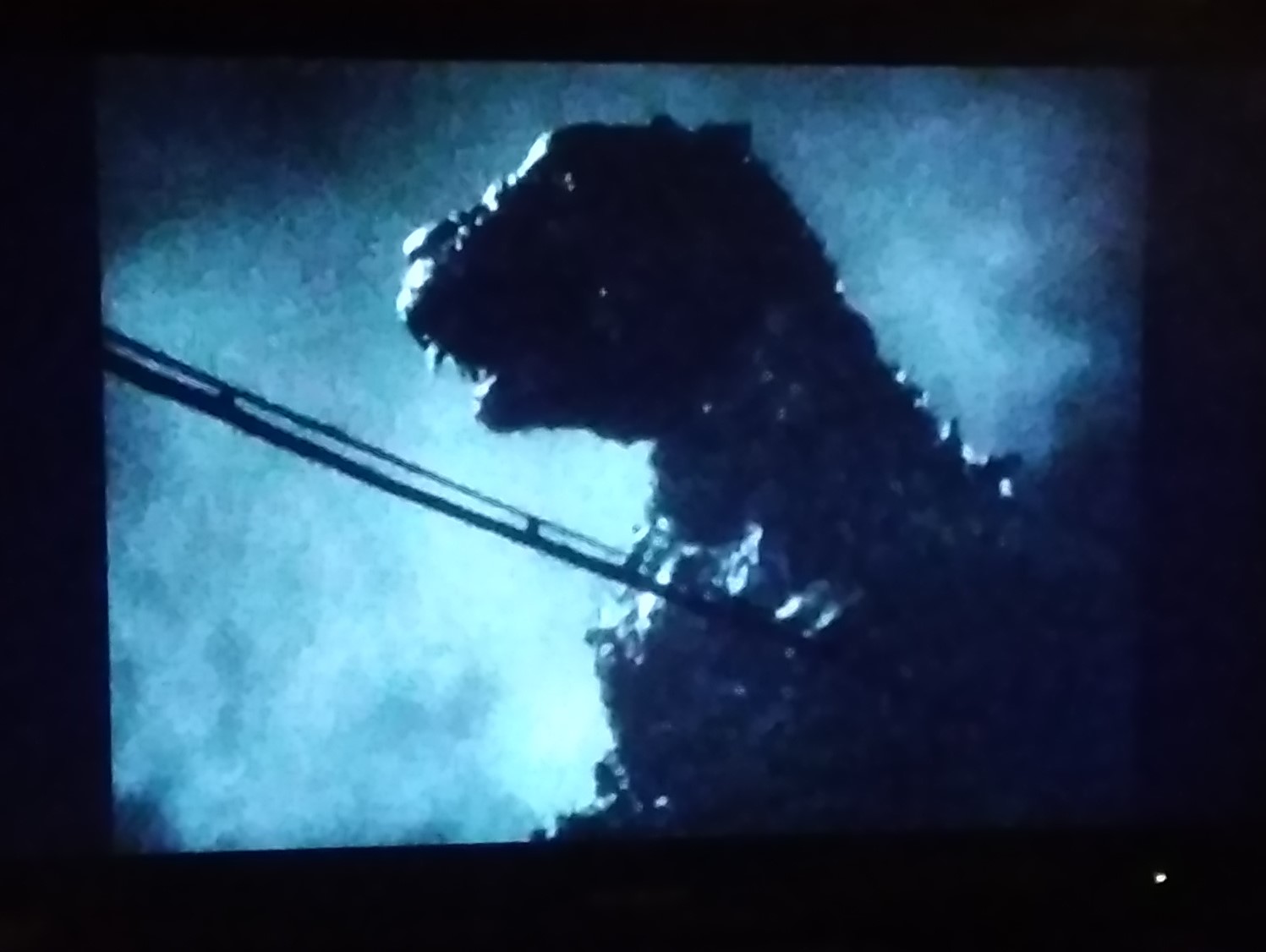A while ago I saw the trailer for 1917, before I knew anything about the movie, or even that such a movie was in the works. Often enough you can judge a movie by its trailer. You know full well that it would be a waste of time. The 1917 trailer didn’t inspire any confidence in me that I wanted to see it. Hell’s bells, World War I is getting the Pearl Harbor treatment, I thought. Lots of brainless CGI.
I was completely wrong. We saw the movie over the weekend and I was astonished by how good it was. Much has been made about how the action seems to happen in real time, in one movie-long shot (117 minutes), though of course the cuts are hidden. In that sense, the film is a technical tour de force, but it’s much more than that.
It’s an Iliad and an Odyssey, following two tommies from their own trenches, across no man’s land, into abandoned German trenches, and into places previously behind the lines, all the while facing the strong likelihood of injury or death. It’s one damn thing after another. It’s suspenseful, since there’s a clear objective whose resolution is always in doubt until the end.
It’s also a work of high verisimilitude, including the maze-like aspects of the trench systems, the danger and gore and misery of WWI battlefields, and the ruins of French villages, but also the pleasant springtime countryside beyond the immediate fighting. The cinematography of some of the scenes, especially the bombed out, smoldering ruins, dazzles the eye.
The back stories of the main characters aren’t fleshed out in much detail, though there is a brief but remarkable discussion of cherry trees as part of one soldier’s personal history — the symbolism of which I did not miss — and a few other intimations of a life outside the war zone. I understand that bothered some critics, but it doesn’t bother me.
This isn’t a Hallmark movie. I don’t want them to sit around discussing their feelings — as if two Great War soldiers on a harrowing mission through some hellish landscapes would do that. You don’t need their details. They’re Everymen, and they’re fully human without the exposition, focused as they are on their own situation. The lead actors conveyed all they needed to about their characters through some dialogue, but mostly their reactions to all that they encounter, not quite all of it the horrors of war.
So 1917 is a remarkable movie in many ways, but not without flaws. I wasn’t sure, for instance, that the central conceit of the mission was even plausible. The two tommies were sent to relay a vitally important order countermanding an attack by an out-of-communication British regiment that had followed the Germans after they had made a tactical retreat to the Hindenburg Line in the spring of the title year.
That two men and two men alone would have been sent on such an incredibly dangerous mission, if it were so important, seems a little strange. Some redundancy would have been called for, to help ensure the message got through. Besides — couldn’t the mission have been accomplished by delivering a message by airplane? Even if a plane couldn’t land in such a forward area, it certainly would have been able to communicate with the ground.
“These early aircraft were not fitted with radio sets, but messages about enemy troop movements needed to be communicated quickly,” the Imperial War Museum explains. “Pilots could either drop messages in weighted bags or use message streamers to drop messages to forces on the ground.”
Never mind. 1917 is an epic story, well worth watching on a big screen. Good work, Mr. Mendes.
























